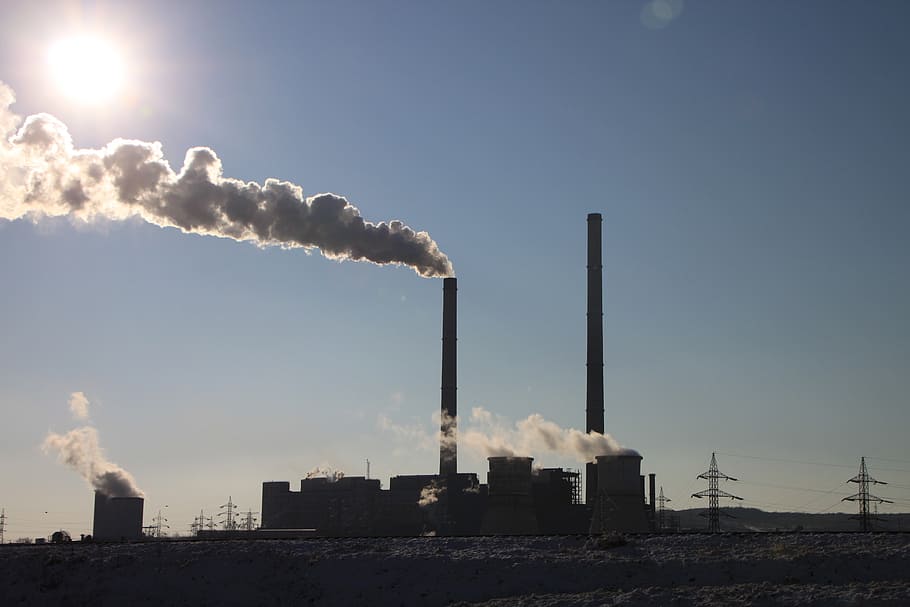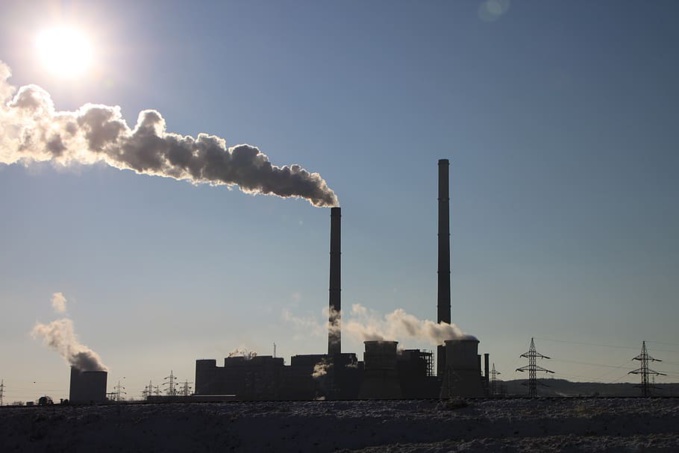The complex is expected to be able to utilize up to 4,000 tons of carbon dioxide per year when it reaches full capacity, which is equivalent to the emissions of 790 cars.
Orca (which means "Energy" in Icelandic) is based on the ability to mineralize carbon dioxide using volcanic rocks. This method of utilization was successfully tested in Iceland in 2016. Climeworks and Carbfix proved its effectiveness by recycling carbon dioxide emitted by the Hedlisheidi geothermal power plant near Reykjavik. The Orca complex was built as part of that research.
The complex collects greenhouse carbon dioxide from the atmosphere in special collectors - eight of them - with trapping filters inside. After the filter is completely filled with carbon dioxide, the collector is closed, the temperature inside is increased to remove the gas from the filter, and the concentration of gas rises sharply. The gas is then dissolved in water and pumped into wells up to 2 km deep. At a depth of 400-800 meters lie layers of volcanic rock capable of absorbing carbon dioxide. The gas gradually reacts with the surrounding rock to mineralize and become rock. Since there are a lot of deposits of basalt rocks in the world - almost the entire ocean floor is covered by them, as well as 10% of the land, the use of such a method of carbon dioxide utilization is effective, according to Swiss and Icelandic experts.
Climeworks has already built 15 complexes in different parts of Europe to directly capture carbon dioxide from the atmosphere. But Orca is still the only one that uses the mineralization technology, and the complex is the largest. The Swiss startup aims to capture a total of 500,000 tons of carbon dioxide from the atmosphere by the end of the decade.
source: reuters.com
Orca (which means "Energy" in Icelandic) is based on the ability to mineralize carbon dioxide using volcanic rocks. This method of utilization was successfully tested in Iceland in 2016. Climeworks and Carbfix proved its effectiveness by recycling carbon dioxide emitted by the Hedlisheidi geothermal power plant near Reykjavik. The Orca complex was built as part of that research.
The complex collects greenhouse carbon dioxide from the atmosphere in special collectors - eight of them - with trapping filters inside. After the filter is completely filled with carbon dioxide, the collector is closed, the temperature inside is increased to remove the gas from the filter, and the concentration of gas rises sharply. The gas is then dissolved in water and pumped into wells up to 2 km deep. At a depth of 400-800 meters lie layers of volcanic rock capable of absorbing carbon dioxide. The gas gradually reacts with the surrounding rock to mineralize and become rock. Since there are a lot of deposits of basalt rocks in the world - almost the entire ocean floor is covered by them, as well as 10% of the land, the use of such a method of carbon dioxide utilization is effective, according to Swiss and Icelandic experts.
Climeworks has already built 15 complexes in different parts of Europe to directly capture carbon dioxide from the atmosphere. But Orca is still the only one that uses the mineralization technology, and the complex is the largest. The Swiss startup aims to capture a total of 500,000 tons of carbon dioxide from the atmosphere by the end of the decade.
source: reuters.com



















